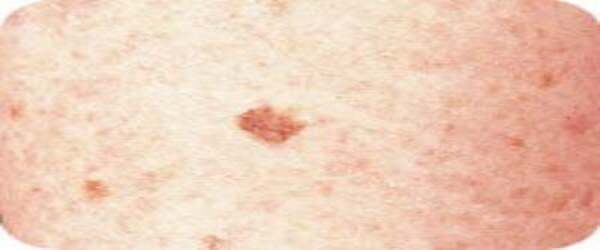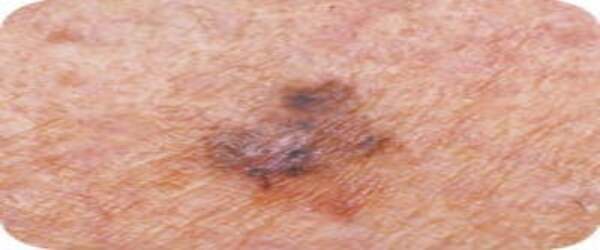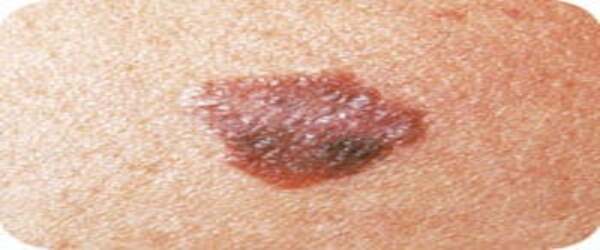
Dr Sovan Dey
MBBS, FRACGP, Post Graduate Diploma in Skin Cancer Surgery (Bond Uni)
Dr Sovan Dey is a Medical graduate of Manipal College of Medical Sciences, Nepal. After moving to Australia, he completed his Master of Public Health (MPH, La Trobe) and Master of Occupational and Environmental Health (Monash), Post Graduate Diploma in Skin Cancer Surgery (Bond Uni).
He is a Fellow of the Royal Australian College of General Practice (FRACGP) and a Clinical examiner for RACGP.
Dr Dey provides the following care exclusively.
- Skin therapy and Skin Cancer Management:
- cosmetics injectables Botox, Chemical peeling, Laser treatment, PRP injection.
- Aviation Medical examination (DAME)
- Rail and occupational underwater Dive Medical Examination (South Pacific Underwater Medicine Society (SPUMS).
- work and sports injury management.
Hobbies – Private Pilot, Travelling, Music, learning cultures and languages.
Check for signs of skin cancer
Get to know your skin
The sooner a skin cancer is identified and treated, the better your chance of avoiding surgery or, in the case of a serious melanoma or other skin cancer, potential disfigurement or even death.
It is also a good idea to talk to your doctor about your level of risk and for advice on early detection.
It’s important to get to know your skin and what is normal for you, so that you notice any changes. Skin cancers rarely hurt and are much more frequently seen than felt.
Develop a regular habit of checking your skin for new spots and changes to existing freckles or moles.
How to check your skin
1. Make sure you check your entire body, as skin cancers can sometimes occur on parts of the body that are not exposed to the sun, such as the soles of the feet, between fingers and toes and under nails.
2. Undress completely and make sure you have good light.
3. Use a mirror to check hard to see spots, like your back and scalp, or get a family member, partner or friend to check for you.

What to look for
There are three main types of skin cancer: melanoma (including nodular melanoma), basal cell carcinoma and squamous cell carcinoma.
Melanoma
- Most deadly form of skin cancer
- If left untreated, it can spread to other parts of the body
- Appears as a new spot or an existing spot that changes in colour, size or shape
- Can appear on skin not normally exposed to the sun.
Nodular melanoma
- Grows quickly
- Looks different from common melanomas. Raised and even in colour
- Many are red or pink; some are brown or black
- They are firm to touch and dome-shaped
- After a while, they begin to bleed and crust.

Basal cell carcinoma
- Most common, least dangerous form of skin cancer.
- Red, pale or pearly in colour, appears as a lump or dry, scaly area.
- May ulcerate or fail to completely heal.
- Grows slowly, usually on areas that are often exposed to the sun.

Squamous cell carcinoma
- A thickened, red scaly spot that may bleed easily, crust or ulcerate.
- Grows over some months, usually on areas often exposed to the sun.
- More likely to occur in people over 50 years of age.
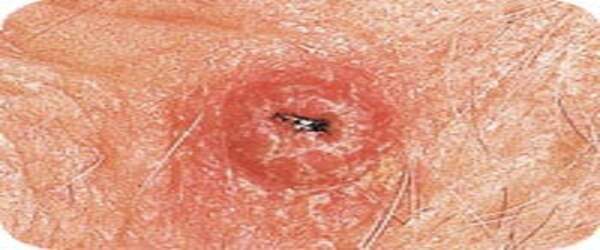
ABCDE melanoma detection guide
The ABCDE of melanoma detection can be a useful guide when checking your skin.
A is for Asymmetry
Look for spots that lack symmetry. That is, if a line was drawn through the middle, the two sides would not match up.
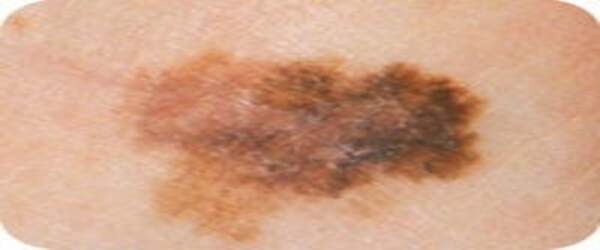
D is for Diameter
Look for spots that are getting bigger.
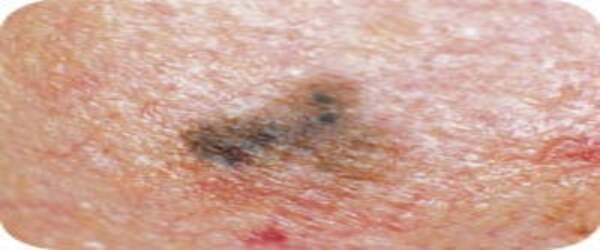
E is for Evolving
Spots that are changing and growing.
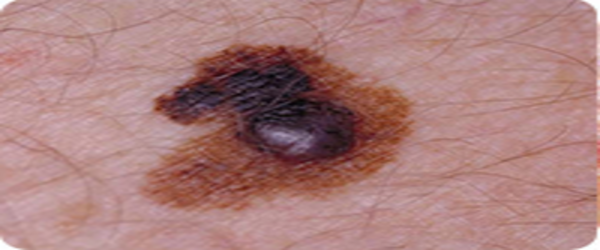
Image: © The University of Sydney, reproduced with permission
Photos courtesy of Prof John Kelly FACD and the Australasian College of Dermatologists.
These are some changes to look out for when checking your skin for signs of any cancer:
- New moles.
- Moles that increases in size.
- An outline of a mole that becomes notched.
- A spot that changes colour from brown to black or is varied.
- A spot that becomes raised or develops a lump within it.
- The surface of a mole becoming rough, scaly or ulcerated.
- Moles that itch or tingle.
- Moles that bleed or weep.
- Spots that look different from the others.
Mole or skin cancer?
Almost all of us have moles. Moles are not normally present at birth, but appear in childhood and early teenage years. By the age of 15, Australian children have an average of more than 50 moles.
Normal moles usually look alike. See your doctor if a mole looks different or if a new mole appears after the age of 25. The more moles a person has, the higher the risk of melanoma.
- Moles are harmless coloured spots that range from 1 mm to 10 mm.
- They are uniform in shape and even coloured. They may be raised.
- The more moles or freckles you have, the higher your risk of skin cancer.
- Moles may have uneven borders and multiple colours like brown and black.
Observe moles carefully for any sign of change. Although you may notice one or more skin changes, it does not necessarily mean that you have skin cancer, however it is important that you visit your GP to have them investigated further. Your GP can discuss your skin cancer risk and advise you on your need for medical checks or self-examination.
It can be difficult to know whether something on your skin is a harmless mole or normal sun damage, or a sign of cancer. When in doubt, speak to your GP.
What is my skin type?
Skin types that are more sensitive to ultraviolet (UV) radiation burn more quickly and are at a greater risk of skin cancer.
All skin types can be damaged by too much UV radiation. Skin types that are more sensitive to UV radiation burn more quickly and are at a greater risk of skin cancer.
People with naturally very dark skin (usually skin type V or VI) still need to take care in the sun even though they may rarely, if ever, get sunburnt. The larger amount of melanin in very dark skin provides natural protection from UV radiation. This means the risk of skin cancer is lower.
Eye damage can occur regardless of skin type. High levels of UV radiation have also been linked to harmful effects on the immune system.
Vitamin D deficiency may be a greater health concern for people with naturally very dark skin, as it is more difficult for people with this skin type to make vitamin D.
Skin types

Type I
Often burns, rarely tans. Tends to have freckles, red or fair hair, blue or green eyes.
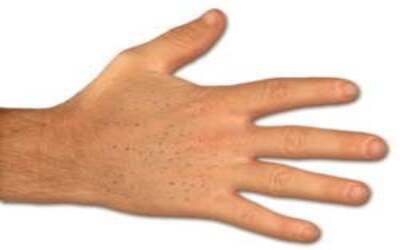
Type II
Usually burns, sometimes tans. Tends to have light hair, blue or brown eyes.
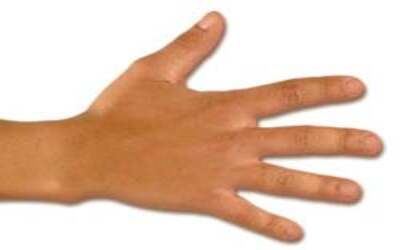
Type III
Sometimes burns, usually tans. Tends to have brown hair and eyes.
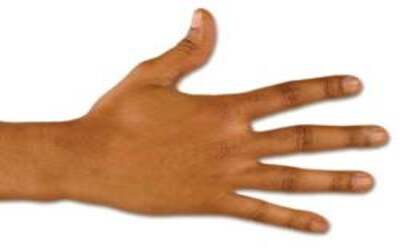
Type IV
Rarely burns, often tans. Tends to have dark brown eyes and hair.
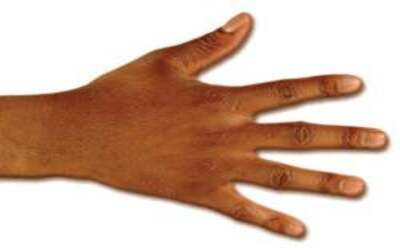
Type V
Dark brown skin. Rarely burns, tans profusely.
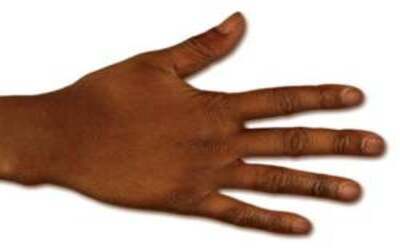
Type VI
Deeply pigmented, dark brown to black skin. Never burns.
